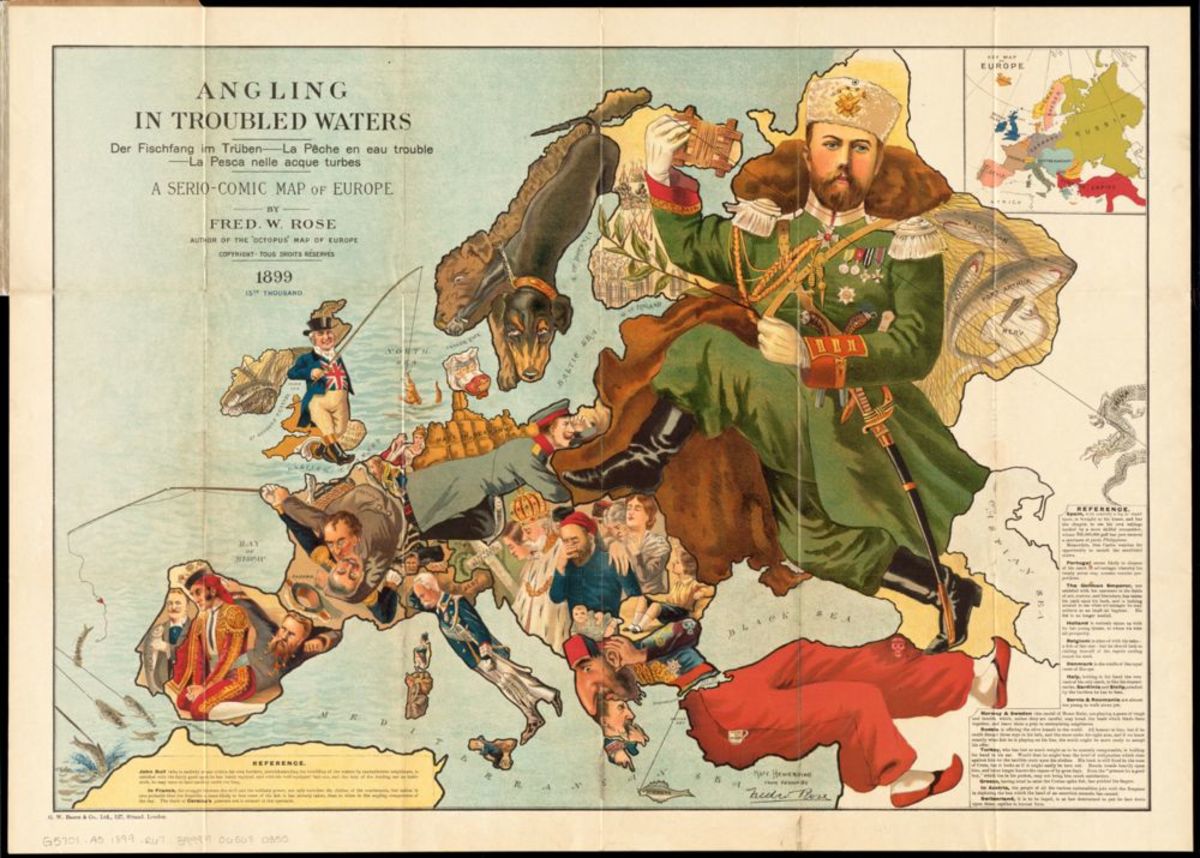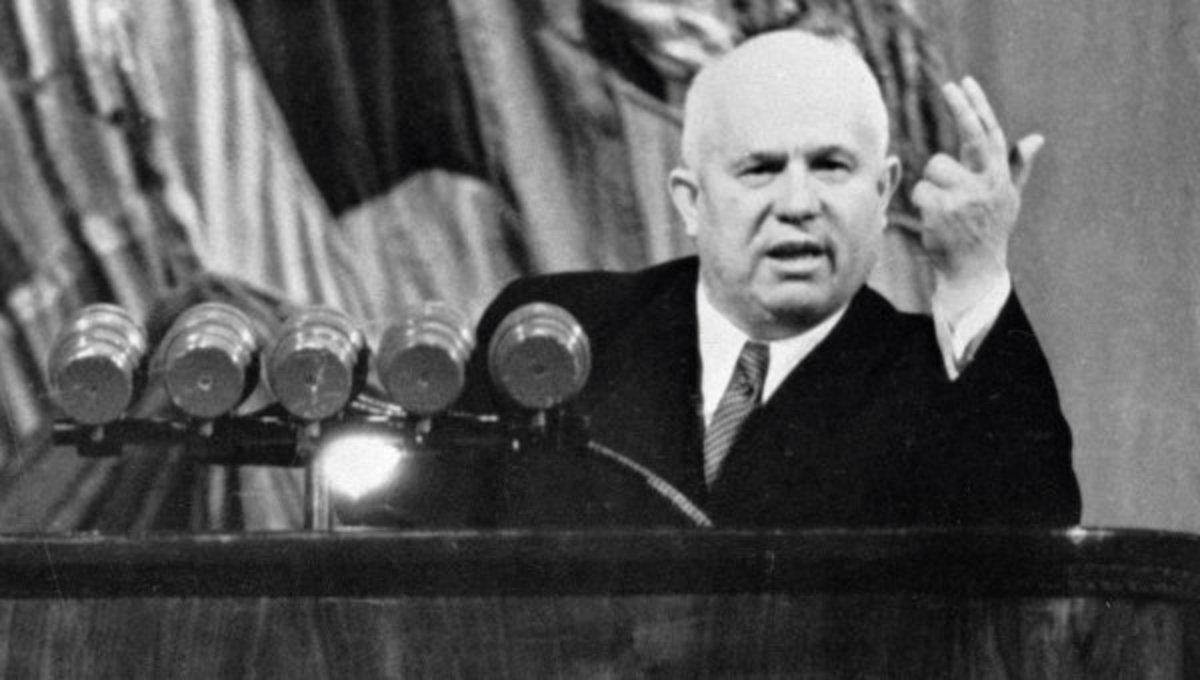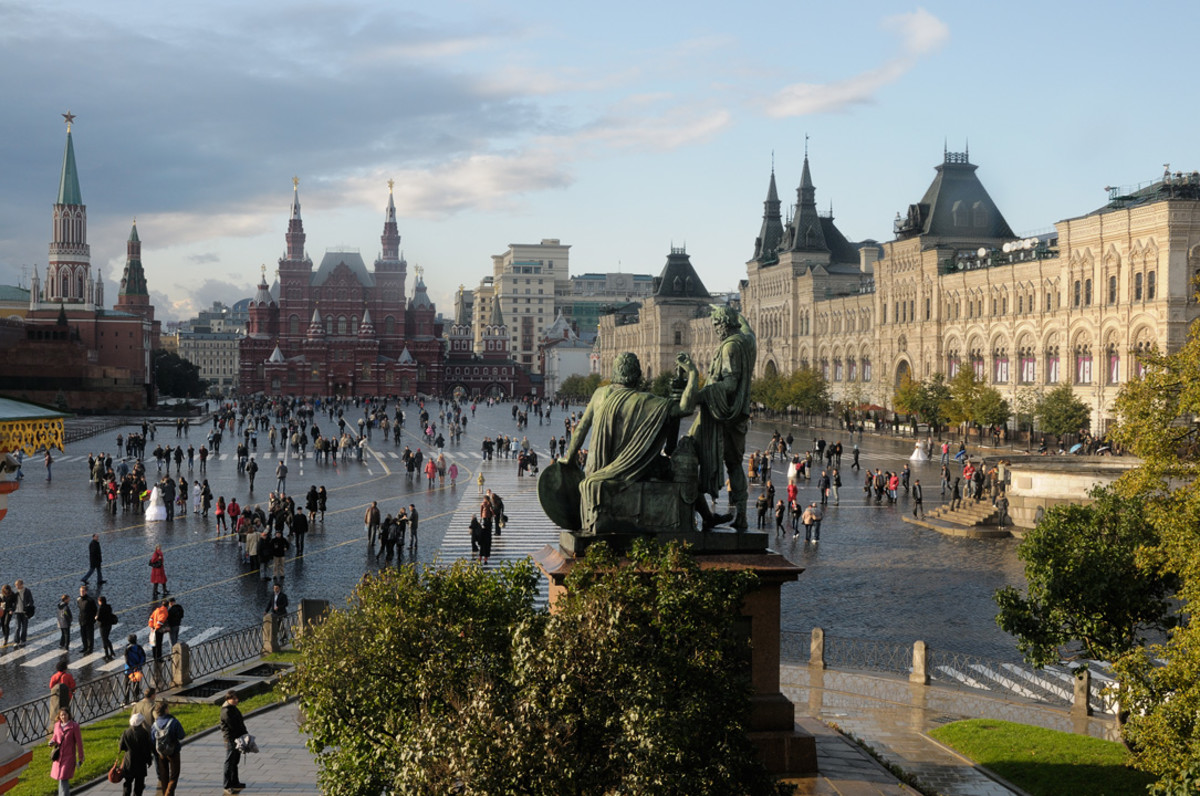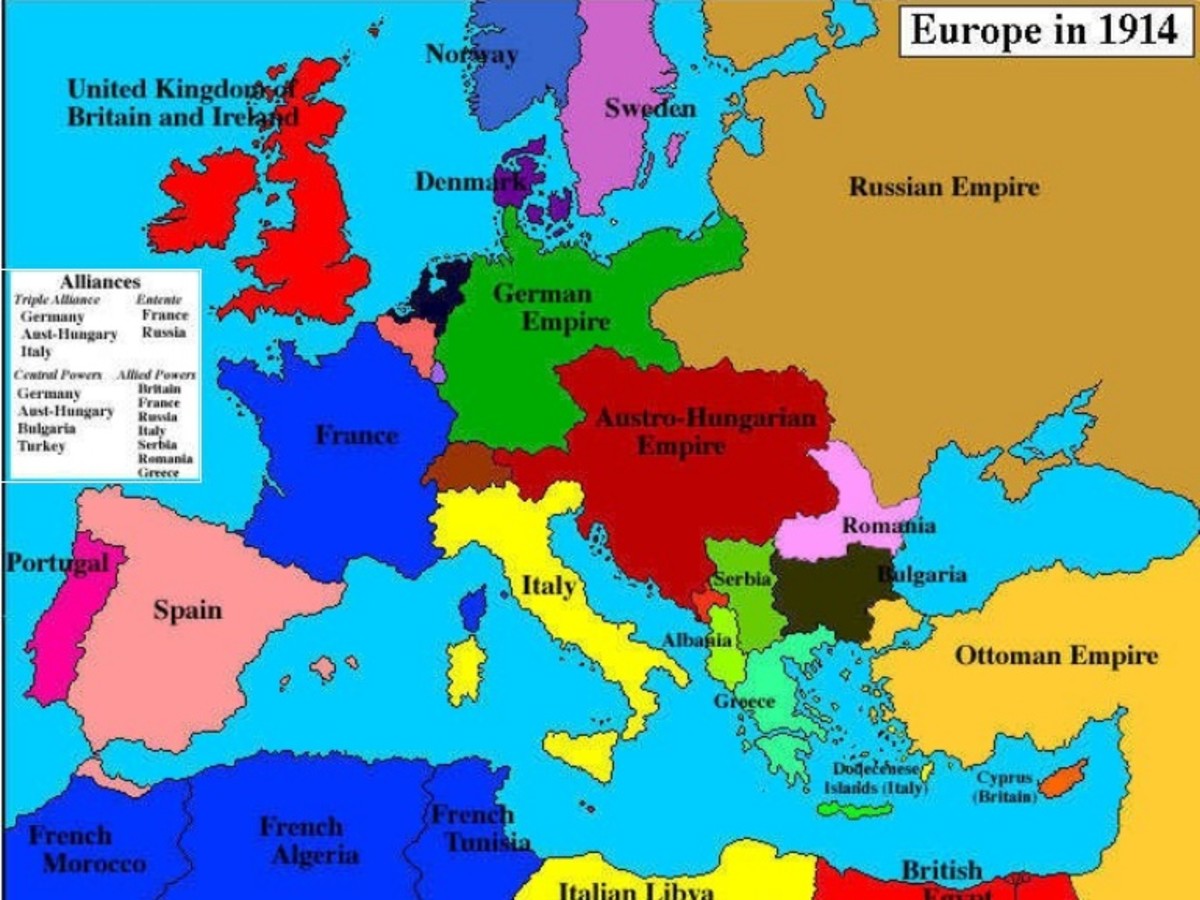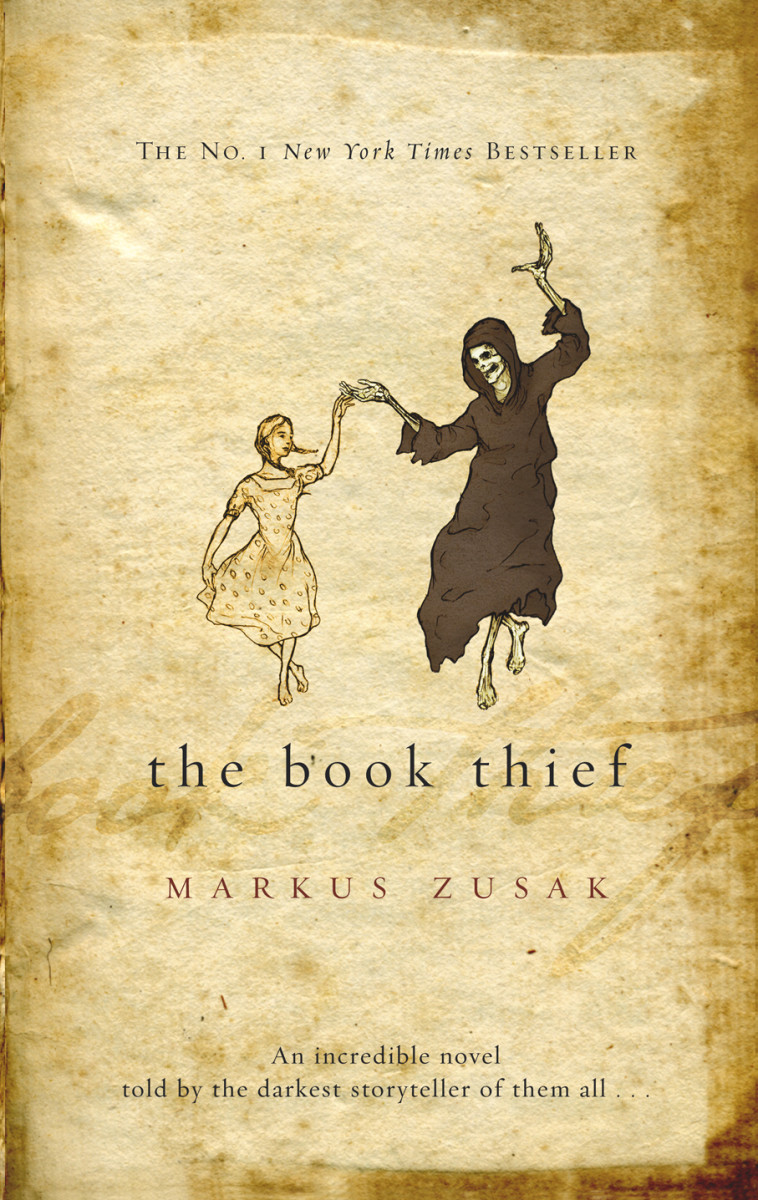Eastern Europe Since 1945: A Review of History from Above
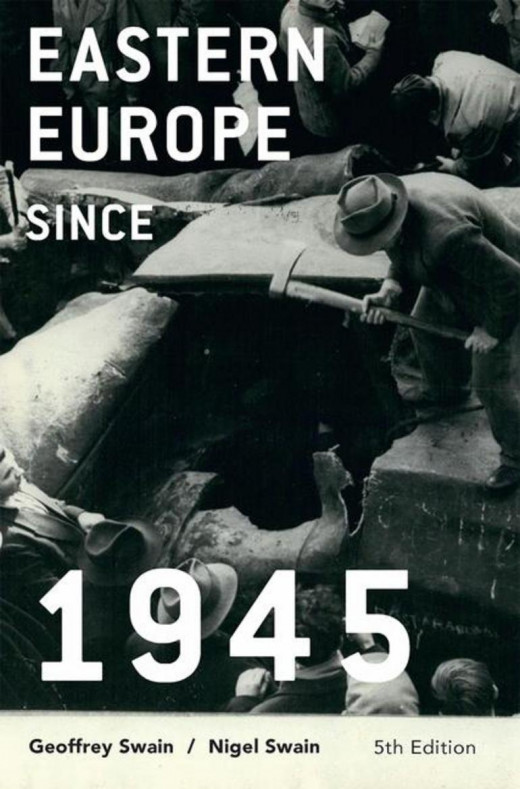
It has been 75 years now, since 1945, and the region of Eastern Europe - often changing in different definitions - during the 1945-1990 period, East Germany, Poland, Czechoslovakia, Romania, Hungary, Yugoslavia, Albania, and Bulgaria. This is a formidable territory and stretch of time to cover in just one book, and it leads to Eastern Europe since 1945 by Geoffrey Swain and Nigel Swain having to focus on only one part of history: politics, and to a lesser extent economics - high economics, state centrally planned economic and the attempts to reform them. There is very little devoted to other aspects of history, be it social, intellectual, or cultural. It makes for a book which is a treasure trove of information, but also very narrow and hardly a general history.
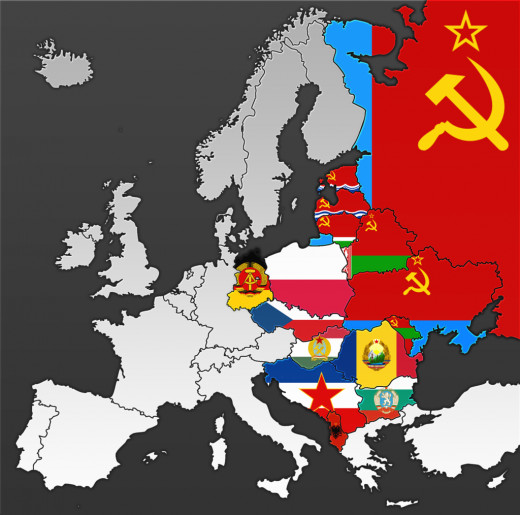
The beginning of the book starts with a timeline, followed by map, and then the introduction which discusses the concept of Eastern Europe and its history - something which is becoming increasingly less relevant as the Balkan and Central European countries diverge. It provides a general look at the history of the region under Communism, and the themes of the book - how Communism was first installed, how attempts to reform it failed, and then the fall of Communism.
The first chapter covers the state of Communists in Eastern Europe in the Interwar period, and then their fortunes during the Second World War in the Balkans, as they formed an important organization for mobilizing popular resistance to German occupation, which gave them a dominating position in post-war "popular front" political parties. They were authentically popular locally, and in many cases had to be reigned in by Moscow t prevent discord with the Western Allies, rather than being installed at the point of Soviet bayonets.
Chapter 2 looks at the arrival of Communists to power in the rest of Eastern Europe, where the Soviet Union was much more decisive in bringing them to power, particularly in Poland and Romania. with the Red Army used to influence events and impose its will This went as far as the Red Army destroying resistance to the Socialist-Communist alliance in Poland, where there was very little popular support for the Communists. In Czechoslovakia and Hungary by contrast, the Soviets did not initially endeavor to force the Communists to power, only to have them be political parties taking a role in coalition governments. Although the Soviet Union used some of its influence to support the Communists in Hungary, at the beginning it was not with the intent of forcibly instilling the Communists in charge.
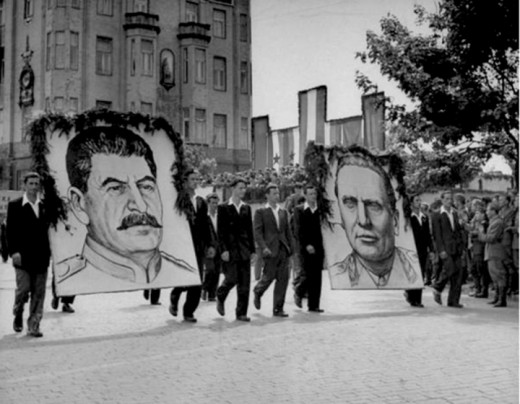
his would change from 1947 onward,as the Cold War was born and the Soviet Union tightened its hold over its sphere of influence< with the Communists seizing control in Czechoslovakia in early 1948, a Hungarian "People's Independence Front" which took over all of the political parties and established Communist domination. The same tactic of co-opting rival political parties into a Communist-dominated national front was applied in East Germany as well. However, Tito proved too independent for Stalin, prompting Stalin to break with Tito over Tito's support for the Greek communist revolution and the attempt to form a Balkan Federation, both of which were issues that Tito thought Stalin approved of. Purges throughout the rest of the Balkans would aim to firmly cement Soviet control, even as Yugoslavia set out on its separate path of worker's self-management and economic reform, even as the Party continued to dominate the nation.
Troubling for the Soviet Union were the following events in Hungary, which broke out in open revolt against the Communist dictatorship in 1956. Destalinization was paired with a rapprochement with Yugoslavia by the Soviet Union, seeming to open up the possibility of autonomy and national development of Communist paths in Eastern Europe. Disturbances broke out all across the Eastern Bloc, but would become most severe in Hungary, where reform by Hungarian leader Nagy was blocked, leading to huge protests, demonstrations, and revolution, blocked only by Soviet intervention - with Yugoslavian acquiescence. In Poland, disturbances almost led to Soviet intervention there too, but were ultimately used by the regime to enhance its autonomy vis-a-vis the USSR. 1956 also solidified East Germany as a member of the Eastern Bloc, and started Romania on the course to an independent foreign policy. Most importantly, it showed that independent reform and independent national forms of socialism was impossible in Eastern Europe, under Soviet influence.
Chapter 5 moves on to discuss what socialism was like in practice in Eastern European countries - formally called "actually existing socialism", which ran into severe problems with lack of market systems for quantifying prices, encouraged totalitarian domination and paranoid secretism by the Party., and had a troubled and infeasible central planning organization which inspired major goods shortages and were unable to handle intensive economic growth. It also covers the constitutional arrangements of the countries, and the cultural politics of the party, with the destruction of alternative civic organizations to provide party dominance, socialization of holidays, and if not a supression, a sidelining of nationalism and religion. The state provided many benefits, although not necessarily high quality ones, but also did little to attempt to actively resolve inequalities beyond assuming they would simply vanish in the Communist society. Workers were split between experienced older laborers and younger, newly inducted and less experienced, more oppressed, workers. The states cultivated a type of socialist consumption, within the limits of their poor economy.
This poor economy was the focus of constant efforts at reform, as growth rates fell and continuing shortages of consumer goods plagued life: supposedly economic reform would bring about more focus on consumers and decentralization at the least, and an increasing focus on the market at most. Various countries went further with reform, like Yugoslavia and Hungary, introducing market mechanisms, but most stayed relatively orthodox.Reform also took a political dimension, as the international situation and Sino-Soviet Split enabled Albania to distance itself from the USSR, and Romania too gained more independence, while there were as a whole more diplomatic arrangements with non-socialist nations and cultural liberalization in most countries save Poland and Romania. Czechoslovakia in 1968 combined these economic and political reforms which led to Soviet intervention to put a halt to a situation which they thought was spiraling out of control, crushing the "Prague Spring."
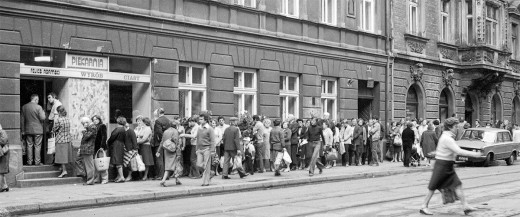
This second crushing of opposition solidified a regime which seemed to be working in the early 1970s, later followed by a general issue of indebtedness, declining growth, and falling living standards which put incrasing pressure on Actually Existing Socialism. Poland faced crises with the rise of Solidarity and opposition movements, and crippling economic problems caused by its uncollectivized agriculture which meshed poorly, due to the high prices demanded for its food, with centrally planned industry.. The opposition increasingly formed a second society in opposition to the central state, paving the wave for the collapse of Polish socialism.
Chapter 8 concerns itself with the collapse of the Eastern Bloc, sparked by Gorbachev's reforms in the USSR and the collapsing authority and credibility of the Communist governments - particularly Central European governments, as Balkan governments tended to see the Communists reform and continue to exercise influence in politics after the collapse. It goes country by country, looking at what each Communist party did to reform or adapt to the new situation of the collapse and inability to prevent it and the national events involved. The second part of the chapter looks at the social and cultural elements of "Actually Existing Socialism" in Eastern Europe, such as tourism, socialization, the status of women, and youth subcultures.
Chapter 9 looks at how the Central European states reacted to the arrival of capitalism, with Poland, Czechoslovakia, Hungary, Slovenia, and former East Germany having quite different paths to capitalism, despite broad similarities compared to the Balkans - particularly driven by the hope of EU membership. Most countries experienced pendulum politics, with parties being elected, having to implement extremely unpopular but inevitable reforms, another party being elected, and the same thing happening, over and over again. Nationalism rose in profile in all of the countries as well.
The Balkans saw communists reform themselves and remain in power in Bulgaria, and so too in Romania despite a violent revolution which overthrew Romanian dictator Ceausescu. Effects would be most tragic in Yugoslavia, which broke down in civil war and fighting over the fate of Bosnia, but there was also the separation of Macedonia and Montenegro from Serbia, and all three of these states would be part of a major battle for influence between the "West" and Russia. Capitalism across the entire region led to much greater inequality and the enrichment of a small elite, much more unemployment, insecurity, and a decline in the relative status of women and ethnic minorities, alongside its promise of greater economic prosperity: for many Eastern Europeans, they have a mixture of nostalgia and ironic appreciation for the old socialist days and the memory of what once was.
The conclusion of the book looks once more at the failure of socialism and glances at the record of this long experiment, calling for seeking refuge instead in the laws of reality rather than idealism, observing the return of nationalism. and noting again the distinction between the Balkans and Central Europe.
If one is looking for a general purpose history of Eastern Europe, then the Swain's book is definitely not the one to go for. The great advantage and disadvantage of this volume is its laser focus on political issues and to some extent economic reform. This economic reform is tightly caught up in politics itself, with the constant efforts to try to reinvigorate failing Communist economies during from the 1960s onward.
Communism's development in Eastern Europe is something which is not always easily understood the neophyte, since it involved very ideological processes, political players with strange names, differing routes to power - the Soviet army, popular fronts, revolution, etc. - and complex political maneuverings. The Swains' book does a good job of making the installation of Communists in Eastern Europe much clearer.
The book's analysis of situations and developments is very much based on structural factors, and it seeks to categorize and classify the countries according to systemic elements involved in them. For example it divides the countries of the region into the Balkan nations - which had Communist parties that were installed by popular revolution - and the Central European countries, where the communist parties were installed by Moscow, and uses this to elaborate upon why there were different results for the political fortunes of the Communists when the Eastern Bloc collapsed, as the Southern communists maintained greater legitimacy and were much more able to maintain a political foothold than the Central European states. It undertakes classifications of the economies based upon various degrees of reform along the 4 different levels of Communist economic reform - increasing priority on consumer goods, agriculture, and the service sector, as compared to heavy industry and investment, decentralization to enterprises, introducing market systems for good distribution and price settings, and reducing economic planning to allow the market to plan for the economy instead. The book has quite a number of tables and explains well why certain decisions had the impact they did - such as Poland and its non-collectivization of agriculture, which led to an earlier crisis of the Socialist system than elsewhere.
There is no pretense at being a particularly literary or exciting book for the average reader: despite mentioning huge reams of names involved in politics in the Eastern European countries, the number of direct quotations or personal interactions shown by these people is extraordinarily limited.
There is a very selective audience for this book, with those focused on understanding politics in Communist Eastern Europe, how the Communist parties gained power, how the economic structure of Communism were reformed and structured, and how in the end the system fell apart. For those who want above all else to look at this political side of things, it is an excellent book, but don't expect anything much more.
© 2020 Ryan C Thomas


